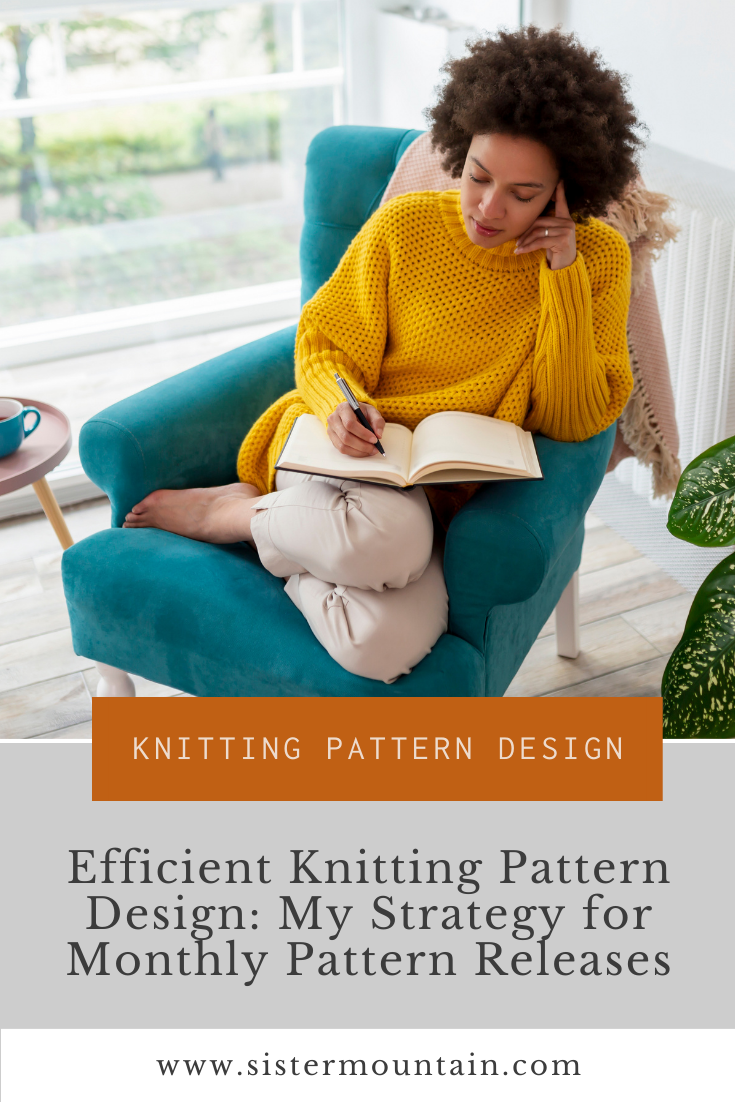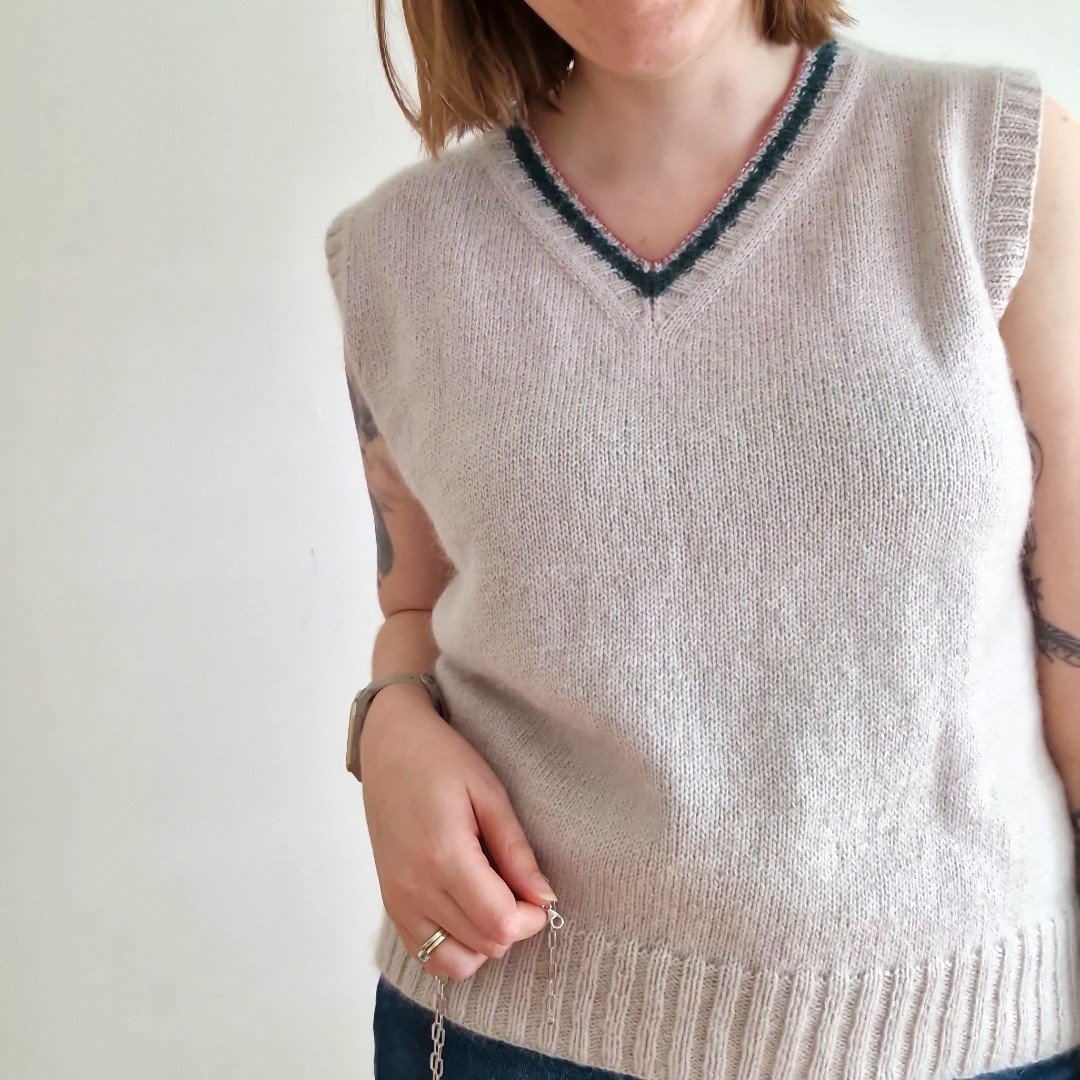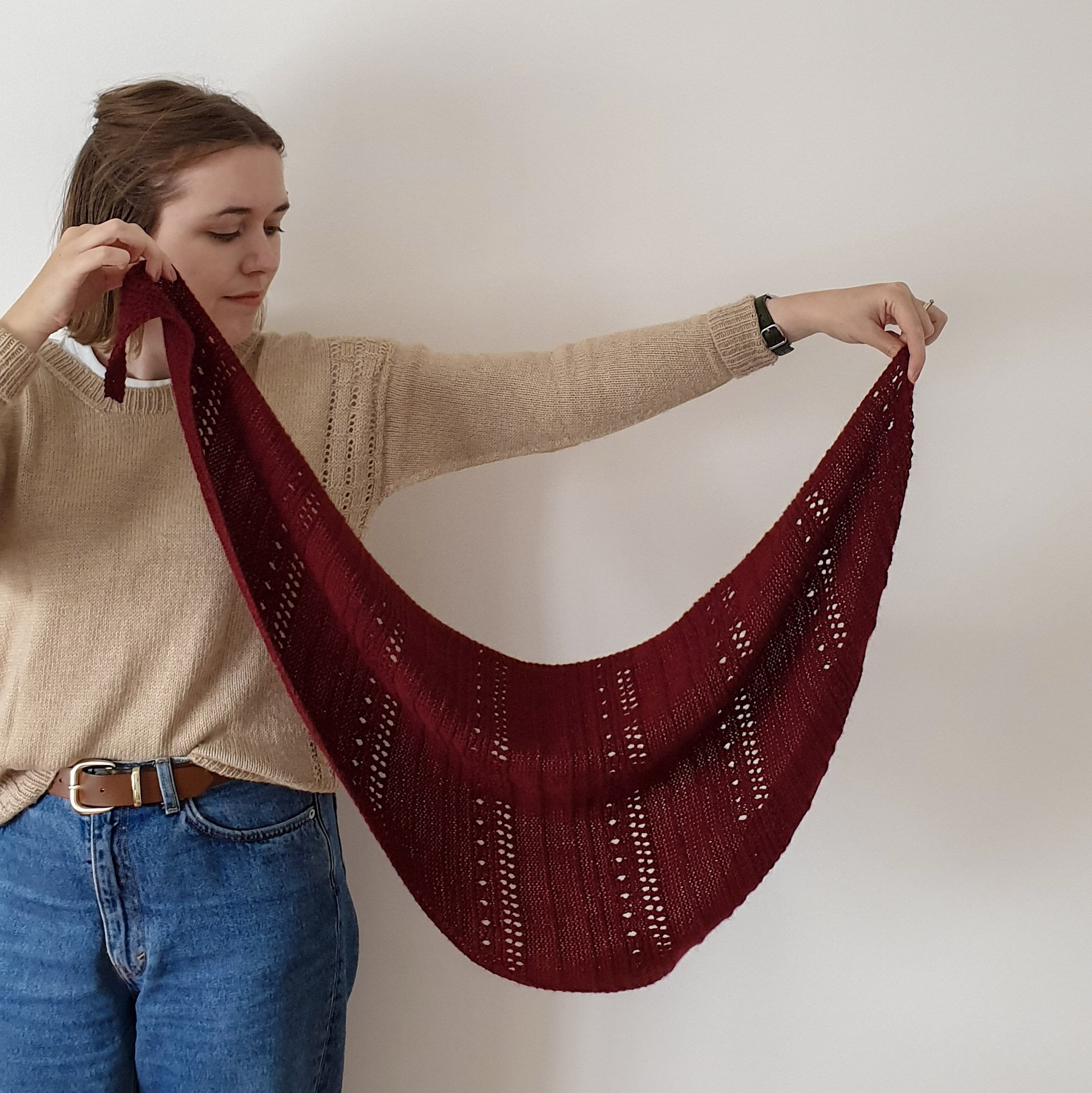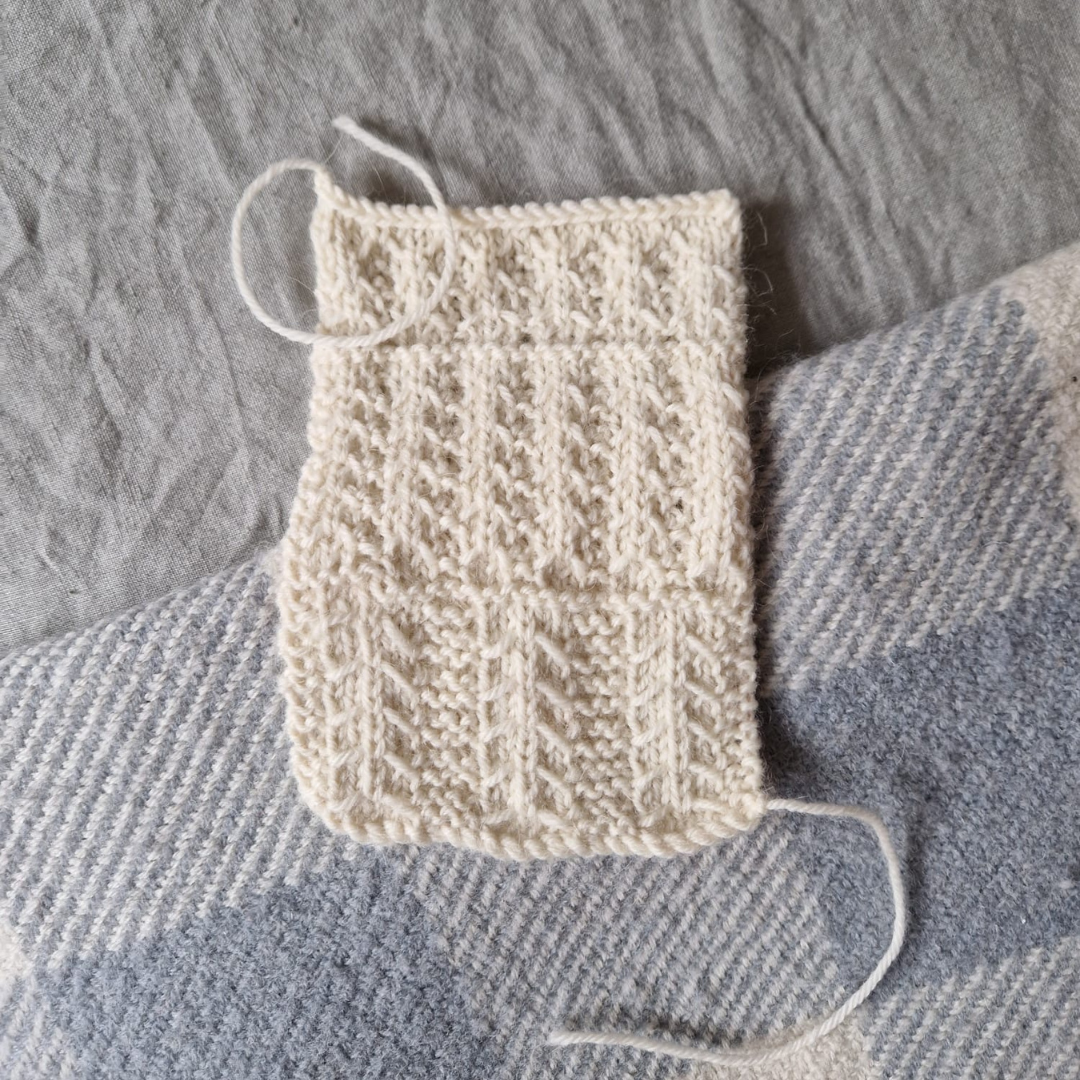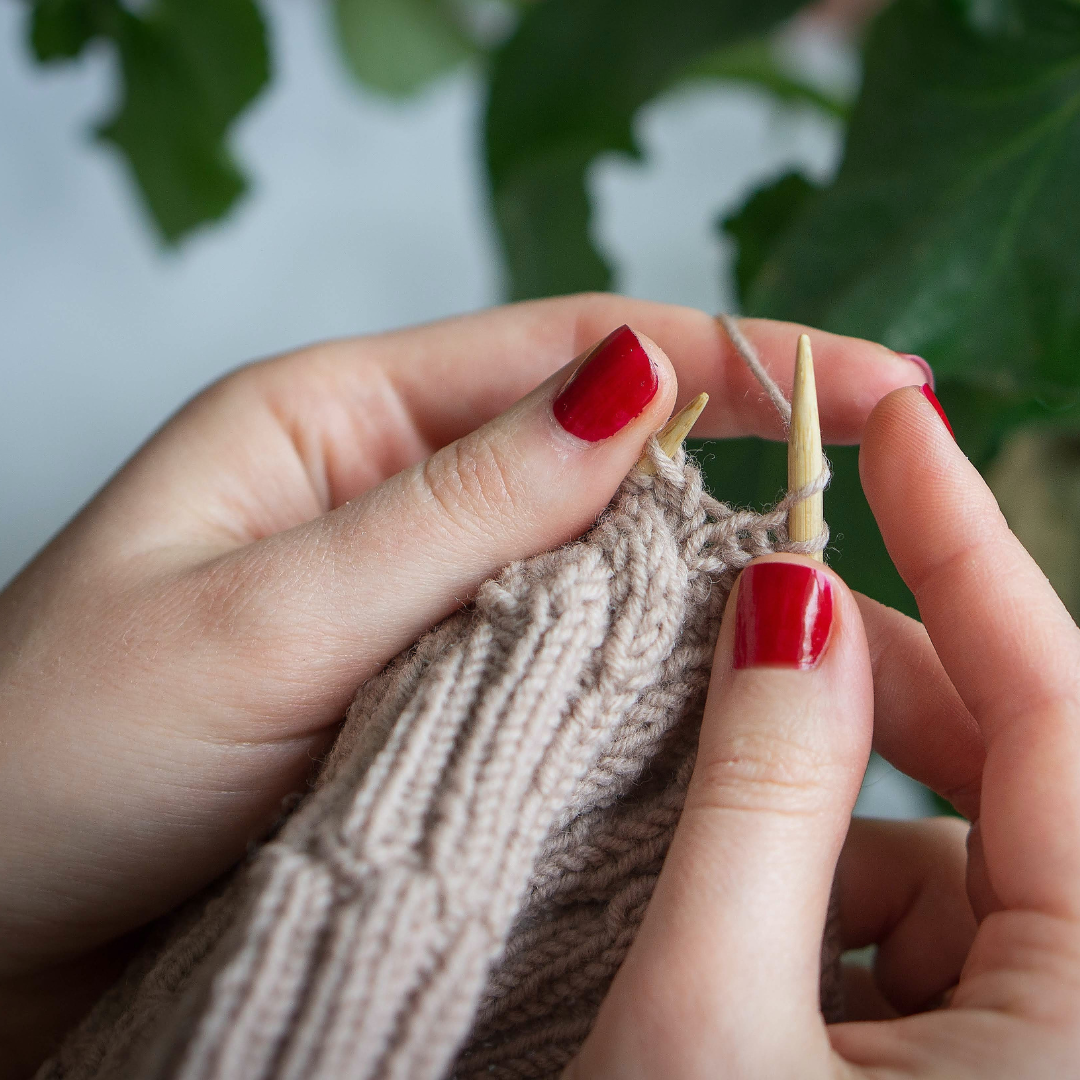Efficient Knitting Pattern Design: My Strategy for Monthly Pattern Releases
Have you ever set a goal you felt really excited about, only to watch it slip through your fingers? That was me this year.
Like many of you, I set myself a lofty goal this year: to start releasing knitting patterns monthly. But as the months ticked by, I realised I had one critical missing piece – a concrete plan to make this dream a reality.
As 2023 unfolded, I worked away on various designs, but my monthly pattern release goal remained out of reach. But next year, things are going to change.
I've taken my lessons from this year and turned them into a strategy – a solid, actionable plan to ensure that next year, those monthly releases aren't just a dream but a reality. In this blog post, I'm opening up about this journey. It's about more than just finding time; it's about creating a workflow that turns time into meaningful, creative output.
From embracing project management with Asana to planning and delegation, I'm sharing the plan that will lead me to my goal in the coming year. Join me as I share the strategies set to transform my approach to knitting pattern design and, hopefully, inspire you on your design journey, too.
Image description: Close up photo of a ball of yarn and the collar of a sweater being knit. The text over the photo says, Efficient Knitting Pattern Design: My Strategy for Monthly Pattern Releases
Embracing Project Management Tools
Asana: More Than Just a To-Do List
I’ve been using Asana for years, but it wasn’t until recently that I started using it to its full potential. At first, it was just a place to list my tasks, but now, it’s the backbone of my design process. It’s like going from knitting scarves to sweaters – the basic skills are the same, but the end result is much more sophisticated.
Setting Up a Project Timeline in Asana
Creating a timeline in Asana is straightforward. I break down each project into stages like Planning, Grading, and Pattern Writing. Each stage has its own set of tasks and deadlines. Once it’s set up, it feels a bit like following a knitting pattern – you just need to complete each step to end up with a finished object.
I saved this timeline as a template so I can reuse it repeatedly. I select a deadline for the entire project, and Asana automatically schedules the other tasks for me, which is a great timesaver.
The Importance of Buffering
Here's a tip: always add buffers to your timeline. I learned this the hard way when unexpected hiccups threw off my entire schedule for this year. Now, I add extra days to each task to account for these surprises.
Long-Term Planning: A Game Changer
Planning my designs until the end of 2024 was a big step for me. It’s not just about having a list of tasks; it’s about seeing the big picture. This long-term view helps me balance my workload and ensures I don’t overcommit.
Image description: Woman curled up on an arm chair planning in a notebook. The text says, Efficient Knitting Pattern Design: My Strategy for Monthly Pattern Releases
Integrating Asana with Weekly Planning
Weekly Scheduling: A Structured Approach to Design
Using Asana with Google Calendar has been a cornerstone in managing my knitting pattern designs. Each week, I review my tasks in Asana and then schedule them in my Google Calendar. This isn’t just about making a to-do list; it’s about strategically assigning specific days and times for each task, ensuring I allow enough time to finish them.
Staying Focused with Flow Club
Flow Club sessions have become integral to my system. Similar to a knitting group where everyone is working on their projects, Flow Club provides a structured, communal space for focused work. In these online sessions, we all work independently yet together, fostering both focus and a sense of accountability.
The Impact of Weekly Planning with Google Calendar
This combination of Asana and Google Calendar has significantly improved my efficiency and focus. Before integrating them, I felt a bit scattered, jumping from one task to another - sometimes without fully completing them! Now, with specific times allocated for each task in Google Calendar and the added accountability from Flow Club, I’m way more focused and productive.
It has also allowed me to enjoy the creative process more. Knowing my week is structured with clear tasks and times frees my mind to be more creative and enjoy the process of designing knitting patterns.
The Power of Delegation
Working with Nicky, my Sample Knitter
Nicky is so important in my work as a knitting pattern designer. I remember the first project I handed over to her. It felt like a big leap, but seeing her knit my design so beautifully was both a relief and a revelation. Her ability to bring my patterns to life has been invaluable. It’s like having an extra set of hands, which is priceless to any busy knitting pattern designer.
Why Outsourcing Makes Sense for Me
As a mum to a toddler, my knitting time is precious and limited. Outsourcing the knitting of some samples to Nicky has been a game-changer. It’s not about losing control; it’s about being realistic. Delegating allows me to focus on other essential tasks like designing new patterns and running my business. It’s a practical decision that boosts my productivity and keeps the creative wheels turning.
Choosing What to Knit Myself
I still knit some samples myself, especially when a pattern is complex or I'm working through a new idea. It's like solving a puzzle with my hands! For more straightforward or time-sensitive designs, I trust Nicky to take the lead. This balance helps me manage my time better and ensures that each pattern gets the attention it deserves.
Image description: A cork board with knitted swatches pinned to it.
Visual Organization and Tracking Progress
Keeping Track with a Corkboard
When I'm juggling several designs, my corkboard is essential. Hung just above my desk, it's not about being fancy; it's about staying organised. On this board, I pin the moodboard, final sketch, and a swatch for each project. This method keeps every design in my line of sight. For someone like me, who is very “out of sight, out of mind”, this is crucial.
How the Corkboard Helps
Each design’s moodboard, sketch, and swatch serve as a quick visual reference. When I see these items, it helps me to recall where I’m at with that project. This setup prevents any design from being overlooked or lost in the shuffle. It’s practical and straightforward – I can glance at the board and know instantly what I’m working on and what stage it’s at.
Reflection and Looking Ahead
The Impact of Organizational Changes on My Work
Over the past months, the changes I've made to my design process have significantly shifted how I work. Embracing tools like Asana for detailed project planning, integrating it with Google Calendar, and using my corkboard for visual tracking has streamlined my workflow remarkably. I've noticed a marked improvement in my efficiency – I'm getting more done in less time and with less stress. Creatively, these changes have been liberating. With the organisational side under control, I have more mental space to let my creativity flow. It's like clearing a cluttered desk; suddenly, there's room to spread out and breathe. I’m enjoying my work more than I ever have!
Exciting Designs on the Horizon
Looking ahead, I'm excited about the patterns that are in the pipeline. There's a diverse range of designs coming up, from cosy cardigans and pullovers to lighter t-shirts and slipovers. My goal of releasing new patterns every month is becoming more and more of a reality, and I can't wait to share them with you.
To my Fellow Designers
To my fellow knitting pattern designers, remember that finding your rhythm and tools is a personal journey. What works for me might not be your perfect fit, but I encourage you to explore and experiment. Whether it’s finding the right project management tool, the best way to organise your work, or how you delegate tasks, the key is to find a system that frees up your creativity, not stifles it. Your most efficient and creative self is there – sometimes, it just takes a bit of rearranging to let it shine.
Conclusion: My Strategy for Monthly Pattern Releases
My journey towards becoming a more efficient knitting pattern designer has been both challenging and rewarding. By integrating project management tools like Asana with Google Calendar and using a simple corkboard for visual organisation, I've transformed my approach to handling multiple designs.
These changes have not only improved my productivity but also streamlined my creative process, allowing me more time to focus on what I love most – designing.
I'd love to hear from you about your experiences and strategies in managing your knitting pattern design projects. What tools or methods have you found effective? How do you balance creativity with efficiency? Your stories and tips are welcome and could be immensely valuable to our knitting community.

